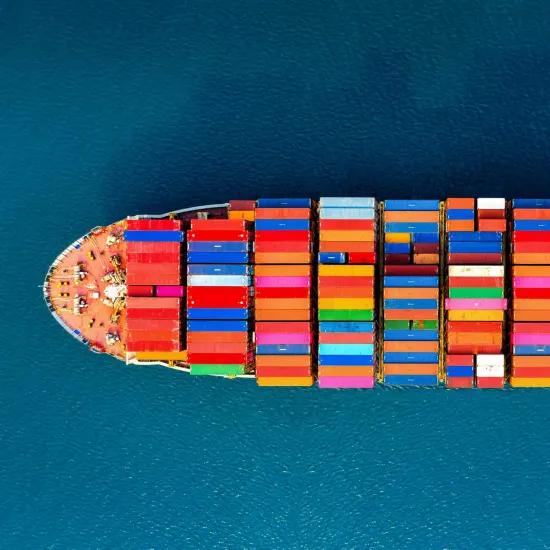COVID-19 next to the drought and water shortage are two of the most recent disruptive events that hit our society and economic reality. Concerning COVID-19, social distancing, sudden decreased demand and - for many companies - a lack of supplies had a large impact on manufacturing activities and income. For water intensive processes the pressure on water consumption increases. In this series of blogposts we unravel the circular economy, connecting theory with practical examples and best practices.
As always, we all want to search for opportunities when a crisis occurs. Most of us where able to adapt quickly to our new environment. Is now the time to take steps from efficient material and water consumption to effective use?
What can this situation teach us and how can we benefit from it in the future?
From a broader perspective the current crisis makes several challenges for the technology industry more explicit:
- The dependency from countries in the Far East, such as China, for the supply of primary resources and finished products
- The globalized nature of the crisis shows the other side of the medal of globalization and the intensive exchanges of persons, goods, etc. We moved several production units to China, resulting in a huge impact of COVID-19 on the manufacturing industry today.
- A crisis is often a stress test for the degree of resilience and robust risk management. Small and medium-sized manufacturing companies often show more resilience and flexibility, and keep producing or they can change their products or processes overnight.
- Companies making an active societal contribution to combatting the new corona virus or the drought are more attractive for investors, but also for current and future employees.
Several voices highlight the positive effects of the current sanitary crisis on climate change and how it can be a driver for behavioural change towards a more sustainable society. Indeed, the corona crisis forces us to buy only necessary goods and reduce displacements as much as possible. The almost 50% traffic reduction on the Belgian roads reported (according to VRT NWS) was only a short-term effect. It is likely that air traffic will follow a similar path.
But can manufacturing companies turn this crisis into an opportunity to reduce costs and create more value?
At least one piece of the puzzle is embracing the transition towards a circular economy. Not for the sake of the hype, but to improve our companies' resilience. The framework allows you to transform your chains (supply chain, value chain,…) towards of webs and networks allowing all actors to shine.
In this series of blogposts we unravel the circular economy, connecting theory with practical examples and best practices. The series is inspired by the book 'The Circular Economy - a User’s Guide' by Walter Stahel, combined with our experience of working many years with circular pioneers and CE explorers. We will try to provide some key elements and insights that might help you to define your strategy and take the next steps.
You can expect our views on:
- a global versus local perspective
- the impact of liability changes during the product lifetime to disclose circular value
- the risk and opportunities associated to the externalized costs and
- how you measure your company's circularity.
Every manufacturing company can start taking actions and above all, the time is now. Invest in resilience.
(Source picture : ID 90209967 © Qziano | Dreamstime.com)




